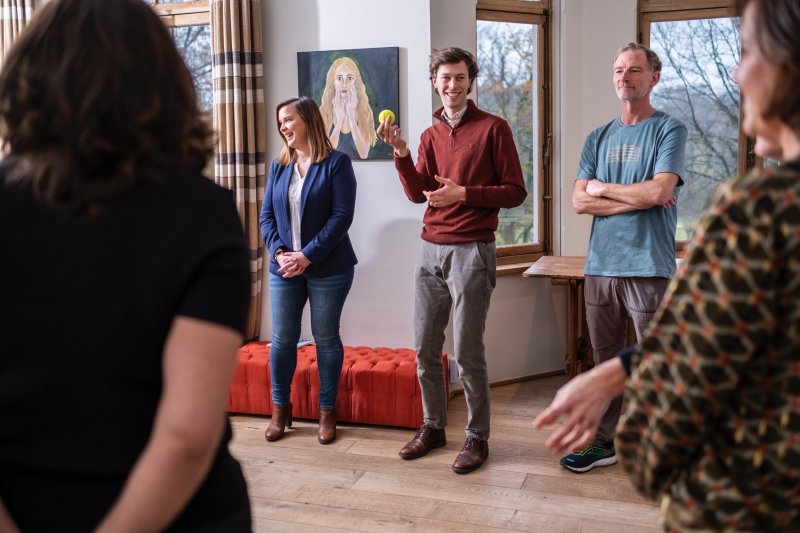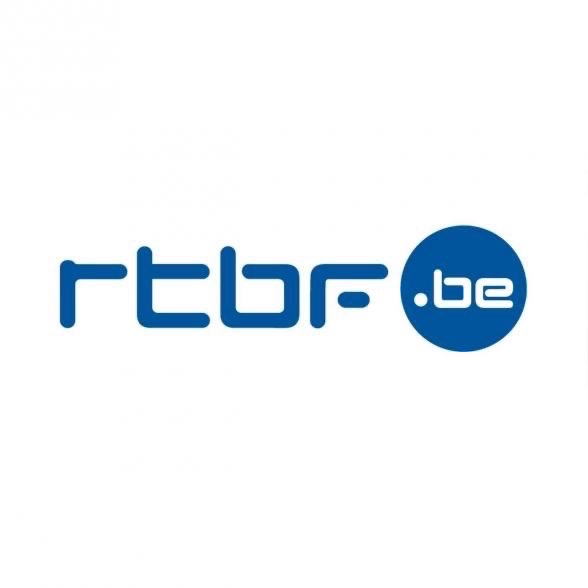Collaborate
within the company
Objective
Breaking out of silo-based work to increase transversal cooperation
In practice
Increasing interpersonal intelligence. Learning how to decide together. Managing your team meetings differently
Image

Image

Do you want to experience 360° learning collaboration
WITHIN A GROUP OF LEARNERS, WITH PEERS, WITH TEACHERS/COACHES?
Do you want to learn about the best collaboration tools? Do you feel like discovering our professional coaching sessions and our leadership coaching methods? Follow our training and coaching sessions everywhere in Belgium, France, Luxemburg, Switzerland and everywhere in Europe.
We have developed many tools
TO HELP YOU IN THE PROCESS, DISCOVER SOME "TOOL CARDS"
File
File
Testimony
OUR GUIDANCE HAS PROVEN TO BE A SUCCESS

